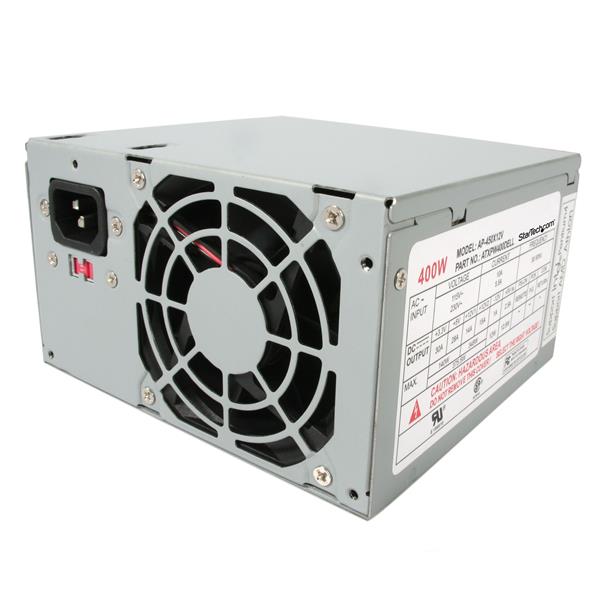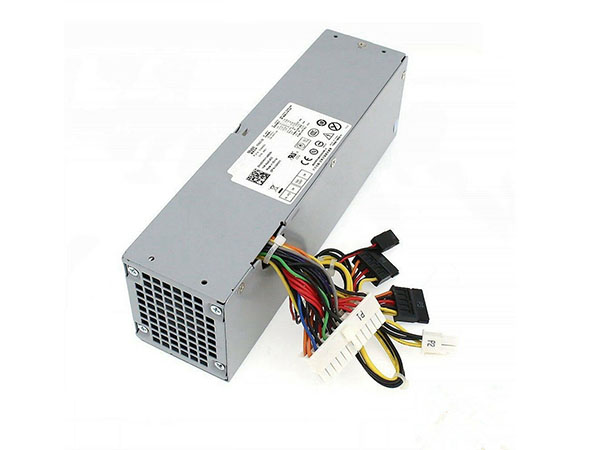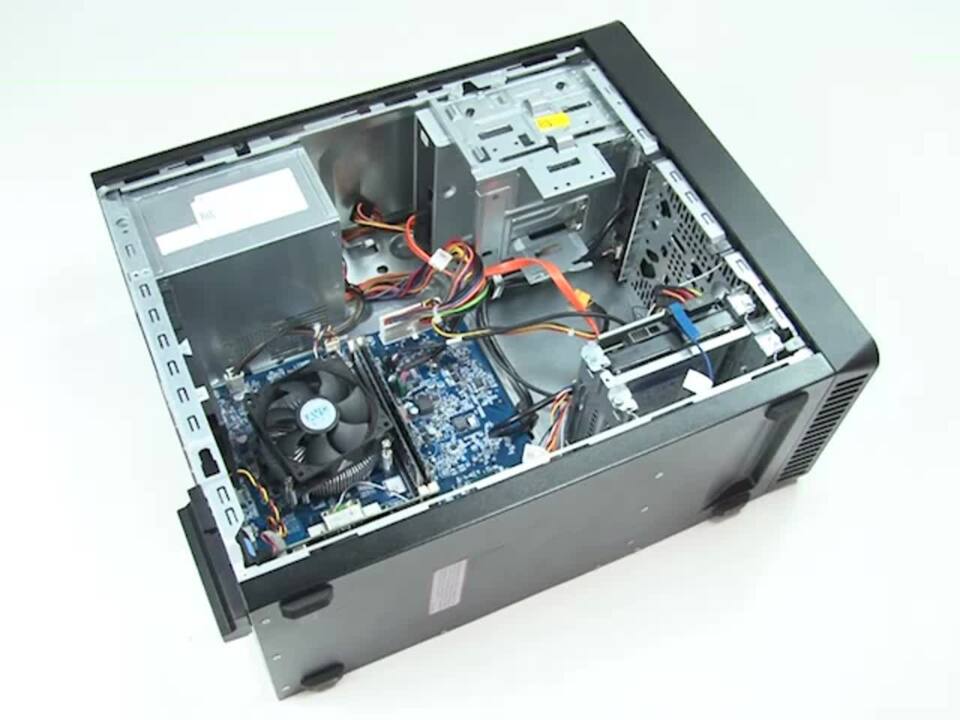Power Supply For Dell Desktop Computer

Dell desktop computer users experiencing power supply issues are facing a mixed bag of solutions, ranging from simple replacements to navigating supply chain constraints and understanding evolving technology. This comes as a critical component, often overlooked, can significantly impact system performance and overall lifespan.
The power supply unit (PSU) is the unsung hero of any desktop PC, converting AC power from the wall outlet into the DC power needed by internal components. A failing or inadequate PSU can lead to system instability, crashes, and even hardware damage. Therefore, understanding the options for replacement and upgrade is crucial for maintaining a functional and reliable computing experience.
Understanding Power Supply Needs
Selecting the right PSU for a Dell desktop isn't just about wattage. It involves understanding the specific requirements of the motherboard, CPU, graphics card, and other components. Dell often uses proprietary connectors or form factors in their systems, which can limit aftermarket PSU options.
Dell's official support website and documentation are the primary source for identifying compatible power supplies. Checking the original PSU's specifications, including the wattage, amperage, and connector types, is essential before purchasing a replacement. Third-party PSU calculators can also help estimate the total power consumption of a system, though they should be used as a general guide, not a definitive answer.
Replacement Options
The most straightforward solution is to replace the failing PSU with an identical model. These can often be sourced from Dell directly, through authorized resellers, or from online marketplaces. However, finding the exact same model, especially for older systems, can be challenging. Another option is to find a compatible PSU that fits the Dell desktop model.
When considering aftermarket PSUs, it’s critical to ensure compatibility with Dell's proprietary connectors. Some aftermarket PSUs may require adapters to connect to the motherboard or other components. Always verify that the replacement PSU meets or exceeds the original PSU's specifications to avoid performance issues.
Supply Chain and Availability
Like many electronics components, PSUs have been subject to supply chain disruptions in recent years. This can lead to longer lead times and higher prices, particularly for specific models. Checking multiple retailers and comparing prices is recommended before making a purchase.
"We are actively monitoring the supply chain and working with our partners to ensure timely availability of replacement parts," said a Dell spokesperson in a recent statement.
Upgrading for Performance
Users who upgrade their Dell desktops with more powerful components, such as a new graphics card, may need to upgrade their PSU as well. Insufficient power can bottleneck performance and even damage components. A higher-wattage PSU provides headroom for future upgrades and ensures stable system operation.
When upgrading, consider a PSU with 80+ certification, which indicates energy efficiency. A more efficient PSU wastes less power as heat, reducing energy costs and prolonging the life of the PSU itself. Several tiers of 80+ certification exist, ranging from White to Titanium, with higher tiers indicating greater efficiency.
Considerations for Older Systems
Replacing the PSU in an older Dell desktop can be complicated by the age of the system and the availability of compatible parts. Some older Dell systems used proprietary power supplies that are no longer readily available. Sourcing used or refurbished PSUs may be an option, but comes with inherent risks.
Before replacing the PSU in an older system, consider the overall cost-effectiveness. If the system is nearing the end of its lifespan, it may be more economical to invest in a new desktop rather than repairing an aging one.
Conclusion: Dealing with power supply issues in Dell desktop computers requires careful consideration of compatibility, availability, and future upgrade plans. By understanding the system's specific power requirements and exploring the available replacement and upgrade options, users can ensure the longevity and reliability of their computing experience. Staying informed about supply chain conditions and manufacturer recommendations is key to making informed decisions.
















